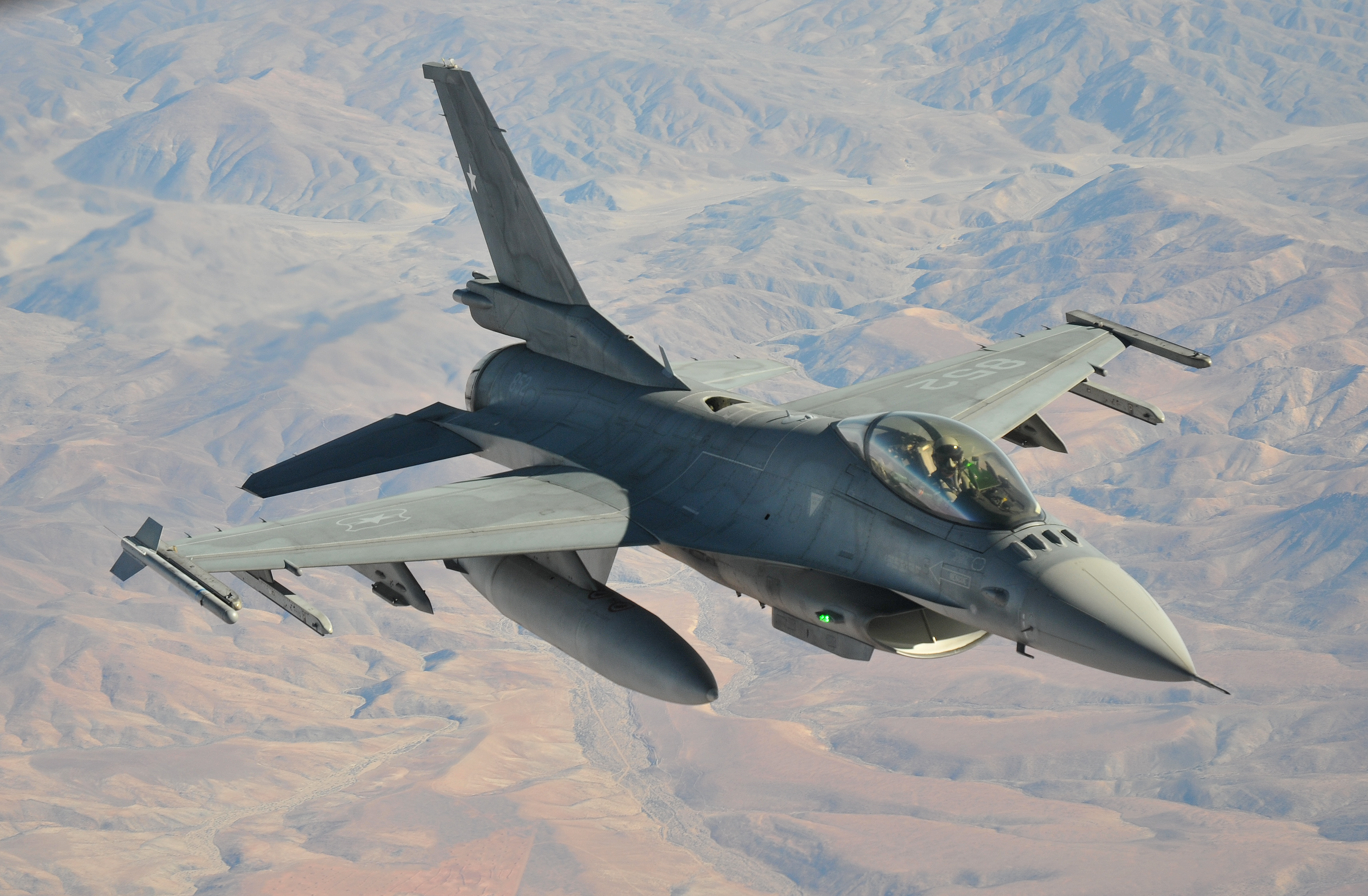Author Guest Post: Santiago Rivas
Diving into the little known Latin American air forces
Latin American military aviation, despite the tiny size of some of most of the forces, comprises a very interesting activity and institutions, which are often left out of the mainstream analysis, mostly because is a region with very few conflicts. The lack of coverage, which also includes the lack of local production of books and articles, about the equipment, organization, people and capabilities of the Latin American air forces, was the origin of this series of small books that we are producing with Key Publishing, covering, initially, the main countries of the region.


This new volume, which covers Chile, is the third of the series, which started with Argentina and followed with Colombia, and aims to continue soon with other countries.
In the case of Chile, it’s interesting because their military aviation is one of the most advanced and professional in Latin America, having evolved considerably in the past 40 years.
The crisis with Argentina over the Beagle Channel in 1978 led the Chileans to realize the lack of capacity to face an all-out war against an enemy like was Argentina, in times the country also had territorial disputes with its other two neighbours, Bolivia and Peru. This and the economic growth of the country over the following years, led to the decision to increase the military capabilities of the country and build a modern and capable military force that can face all possible threats.


While this process initiated already in the 1980’s, it was the reception of the first F-16C/D Block 50 in 2006 that marked the biggest step of the Chilean Air Force on their modernization of their air power.
Since then, their combat force is one of the most powerful in Latin America, taking part on the most important multinational exercises within the region, and also organizing one of them, the Salitre.
Now, they are facing the struggles of budget reduction, in times the country is living a political crisis since 2019, the relations with Argentina and Peru improved considerably and the economy of the country is not going as well as it was in the past.
This made the forces to postpone some of their projects, especially the upgrade of the F-16 fleet, which it was expected to be contracted in 2019.
Their military aviation comprises an Air Force, that has most of the aviation assets and fulfils a wide range of missions, together with small Naval and Army arms, which have modern equipment but not enough for the size of the country and the missions they have. I also included the two other aviation forces of the country, which are dedicated to internal security, as is the Carabineros and the Policía de Investigaciones, with the first having some paramilitary capacities when it comes to border protection.
Building the picture
To make a book about the entire military aviation of Chile, as was also in the cases of Argentina and Colombia, was not an easy task. One can learn easily about the main units and aircraft, but requires a lot of research to tell details on the systems they have, the organization of smaller units, the plans they have and many details that I think make the book more interesting and also with much more value to the reader, by providing information as accurate and complete as possible. And it wasn’t also easy to put all that into a small book that could be easy to read and not just a list of units and equipment.
My trips to Chile over 20 years, visiting bases, flying with them and making many friends within their Armed Forces, together with the help of local researchers and journalists, helped a lot to produce this volume, not only the text, but also the pictures that take part of it.

Order Air Forces of Latin America here.

